Research programme
Cellular communications and bioenergetics
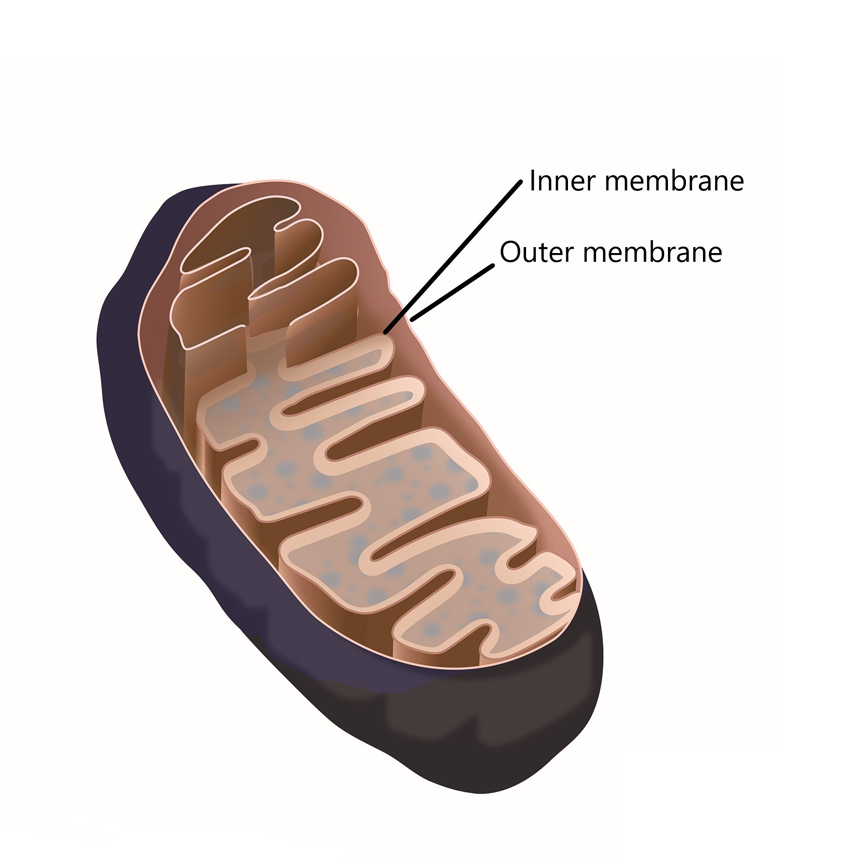
Principal investigators: Professor Jimmy Bell, University of Westminster and Professor Stanley Botchway, Central Laser Facility, UKRI-STFC
Project title: Visualisation and Modulation of Biophotons and Electromagnetic Fields in Living Systems at the Microscopic and Quantum Level
Duration: 2018 onwards
Cell senescence
Project supervisor: Professor Louise Thomas, University of Westminster
PhD Student: Ifigeneia Kalampouka
Project title: The Role of Biophotons in Cellular Senescence
Duration: 2021 – 2024
Fluorescent Light Energy (FLE)
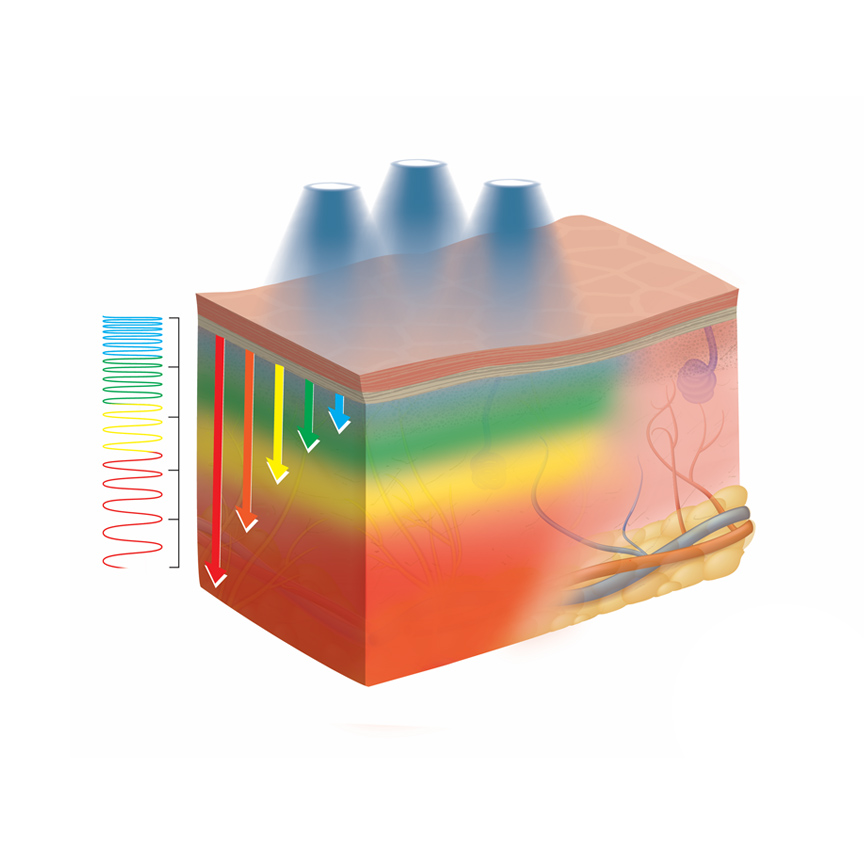
Principal investigator: Professor Jimmy Bell, Research Centre for Optimal Health, University of Westminster
Co-investigators: Professor Stanley Botchway, Central Laser Facility, UKRI-STFC and Professor Gregory Scholes, Princeton University
Project title: Understanding the mechanism of photonic modulation of metabolism, inflammation and angiogenesis using Fluorescent Light Energy (FLE)
Duration: 2024 - 2026
Superradiance in cytoskeletal filaments and protein aggregates
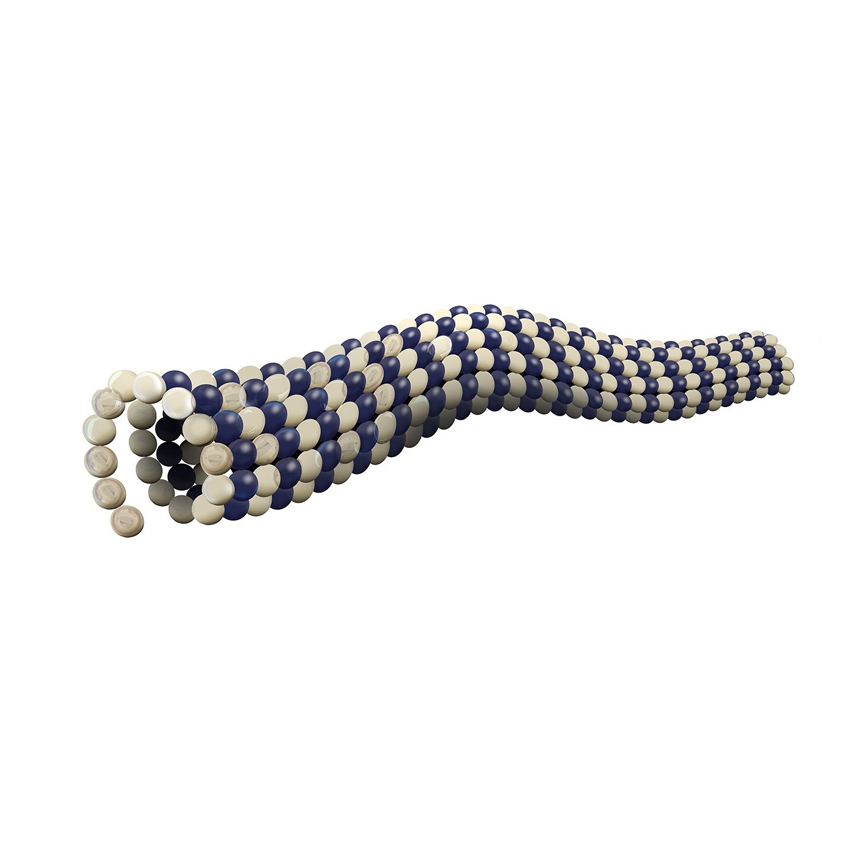
Principal investigator: Dr Philip Kurian, Quantum Biology Laboratory, Howard University
Co-investigator: Professor Majed Chergui, Lausanne Centre for Ultrafast Science, EPFL
Project title: Cooperative and coherent quantum phenomena in the life sciences
Duration: 2020 – 2023
Bioelectricity
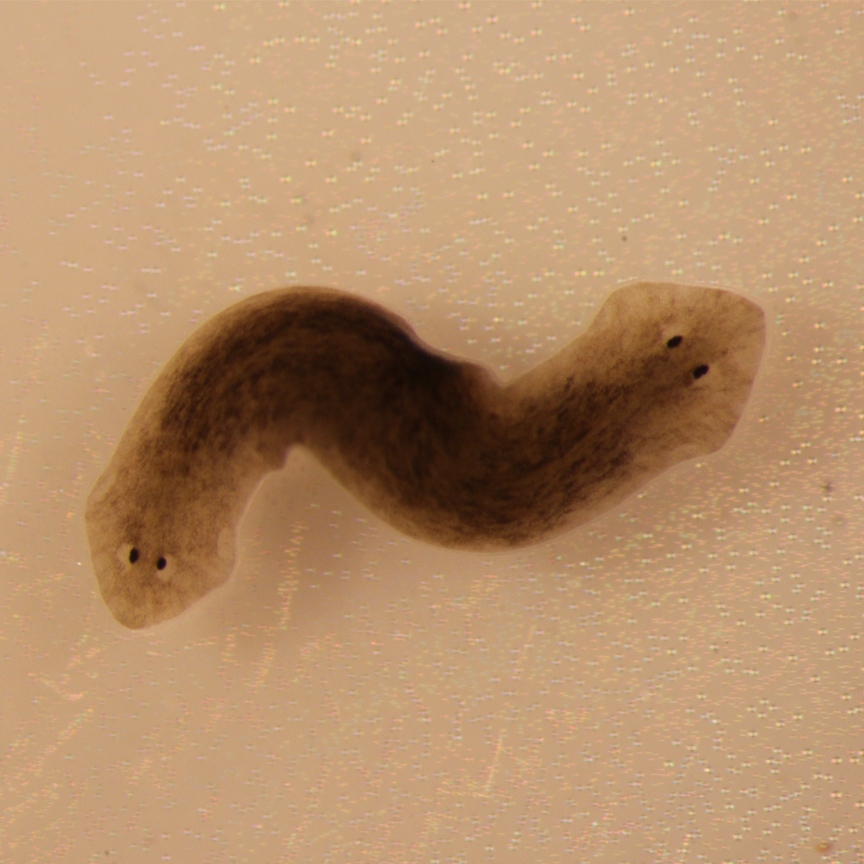
Principal investigator: Professor Michael Levin, Director of Allen Discovery Center, Tufts University
Project title: Understanding host reprogramming by tissue fragments: a computational and bioelectric approach
Duration: 2021 – 2023
V-ATPase and anatomical form
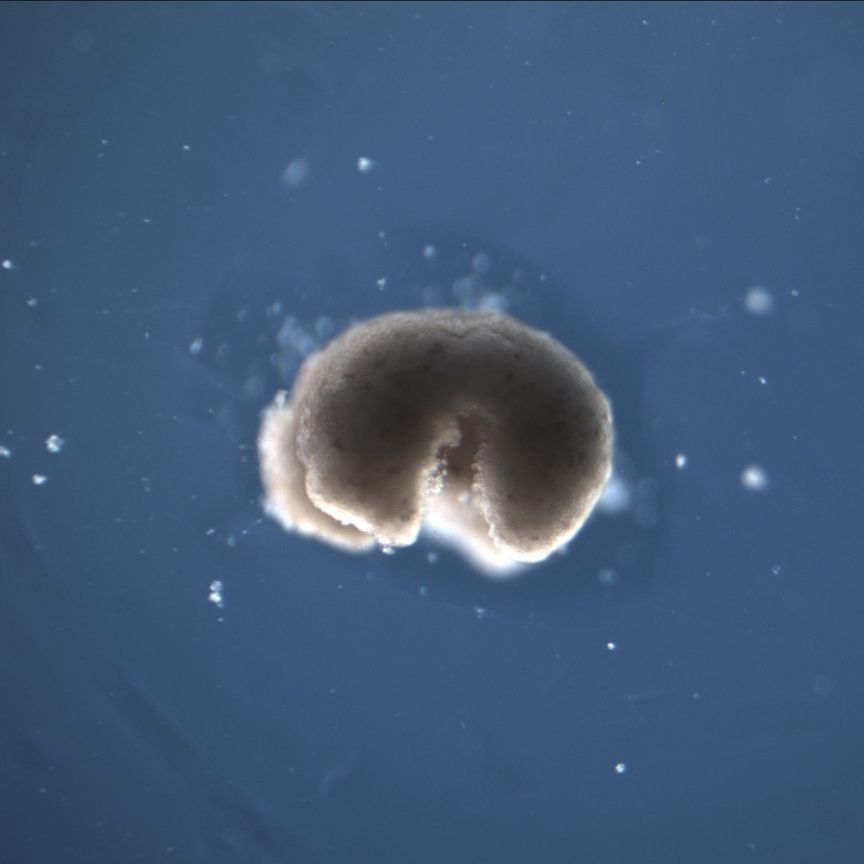
Principal investigator: Professor Michael Levin, Director of Allen Discovery Center, Tufts University
Co-investigator: Professor Wayne Frasch, Director of the Frasch lab at Arizona State University
Project title: From V-ATPase to Anatomy: understanding the origins of the bioelectric gradients that determine body form and function
Duration: 2022 – 2024
Mitochondrial proteins
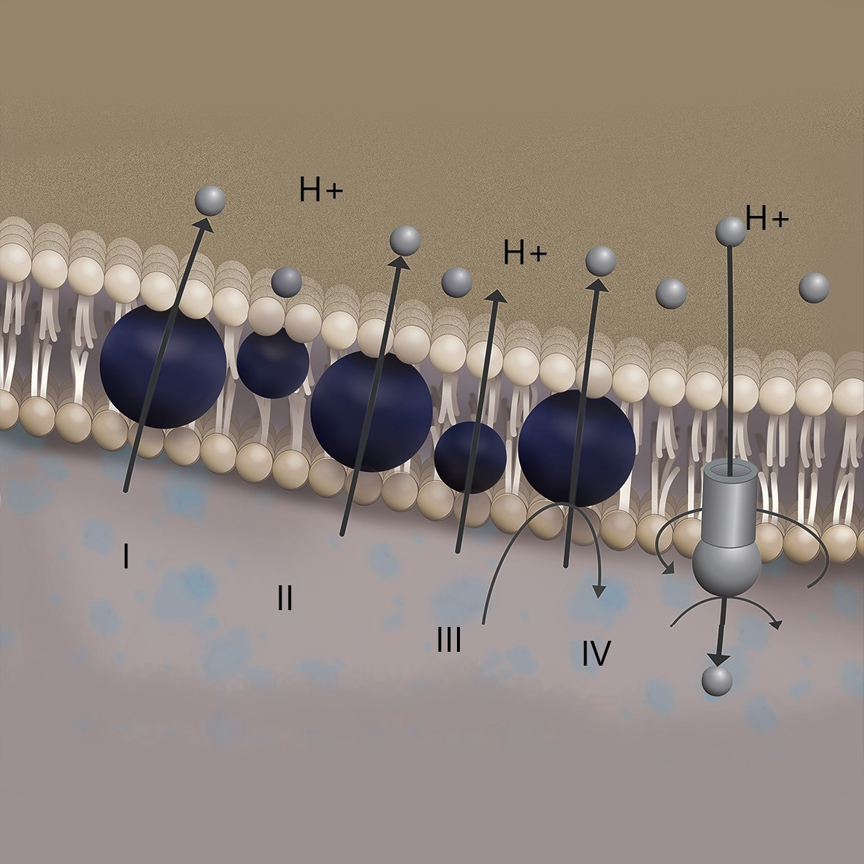
Project supervisor: Professor Karl Morten, Nuffield Department of Women’s & Reproductive Heath, University of Oxford
DPhil Student: Holly Tonks
Project title: Exploring the concept that mitochondrial respiratory chain proteins are found and can function in non-mitochondrial membrane systems
Duration: October 2024 - September 2025
![]() Central Laser Facility, UKRI-STFC
Central Laser Facility, UKRI-STFC
The Central Laser Facility (CLF) is a partnership between its staff and the large number of members of UK and European universities who use the specialised laser equipment provided to carry out a broad range of experiments in physics, chemistry and biology. The OCTOPUS imaging cluster offers a range of imaging techniques including multidimensional single molecule microscopy, confocal microscopy, super resolution, optical tweezers, and Bayesian Data Analysis. For more information, visit their website.
![]() Research Centre for Optimal Health, University of Westminster
Research Centre for Optimal Health, University of Westminster
The Research Centre for Optimal Health (ReCOH) was established to deepen our understanding of the lifestyle-induced accelerated ageing process and to use this knowledge to deliver practical solutions to achieve optimal health throughout adult life. It is home to The Guy Foundation Quantum Bioenergetics Laboratory. The University of Westminster boasts a rich history and has been providing students with academic excellence, cultural engagement and personal enrichment since its inception as The Polytechnic Institution in 1838. For more information, visit their website.
![]() Morten Group, Nuffield Department of Women’s & Reproductive Heath, University of Oxford
Morten Group, Nuffield Department of Women’s & Reproductive Heath, University of Oxford
The Morten Group is an active research group with a focus on understanding the role of mitochondria in health and disease. The group also convenes MitOX, a mitochondria conference, held at the John Radcliffe Hospital, Oxford and online each year. The group is based at the Nuffield Department of Women’s & Reproductive Health at the University of Oxford. For more information, visit their website.
![]() Allen Discovery Center at Tufts University
Allen Discovery Center at Tufts University
The Allen Discovery Center at Tufts University focuses on reading, interpreting, and writing the Morphogenetic Code – an instructive layer of biophysical computations, that lies between the genomically-specified protein hardware of cells and the complex anatomy; it orchestrates and enables cells to communicate to create and repair the structure and function of bodies. Our interdisciplinary efforts explore the roles that bioelectrical signaling plays in pattern memory and decision-making by somatic cell networks. By understanding the native principles guiding anatomical decision-making by cellular collectives, the team is creating powerful new quantitative theories of top-down pattern control along with protocols and instrumentation that show how living organ structure can be rationally modified. Addressing fundamental questions at the intersection of embryogenesis, computation, evolution, and synthetic morphology, this work explores a key frontier within the dark matter of biology: how information processing in cell groups implements robust control of large-scale functional anatomy. For more information, visit their website.
![]() The Frasch lab at Arizona State University
The Frasch lab at Arizona State University
The Frasch lab investigates the rotation of molecular motor proteins, with a focus on the Fo and F1- ATPase rotary motors that comprise the FoF1 ATP synthase. This protein complex is responsible for producing the majority of adenosine triphosphate (ATP), whose energy rich bonds provide most of the energy for cellular processes. For more information, visit their website.
![]() Scholes Group at Princeton University
Scholes Group at Princeton University
The Scholes Group studies how complex molecular systems in chemistry and biology interact with light. We are interested to learn the mechanisms for photo-initiated processes like solar energy conversion. We are also working out how quantum-mechanical phenomena influence function. In our research we use ultrafast lasers to time processes and reveal unforeseen details using multidimensional electronic spectroscopy. Analysis and deeper understanding of our experiments is helped by quantum chemical calculations and by developing and applying theoretical models. For more information, visit their website.
![]() Quantum Biology Laboratory (QBL) at Howard University
Quantum Biology Laboratory (QBL) at Howard University
Under the direction of PI and Founding Director Philip Kurian, investigators in the Quantum Biology Laboratory use techniques from quantum optics, quantum information, theoretical physics, spectroscopy, structural/molecular biology, and high-performance computing to solve an array of problems relevant to quantum effects in living processes. With a transformative vision that extends from the subatomic to the clinical scale, the QBL studies how collective behaviours in living matter can be manifested, controlled, and exploited for the development of advanced tools, diagnostics, and therapies to address neurodegenerative, oncological, immunological, and oxidative metabolic disorders. At the forefront of efforts to elucidate the physical mechanisms for long-range electrodynamic communication in noisy biological environments, and to understand how light and living matter interact to produce complex systems phenomena, our lab seeks to develop fundamental theory and computational models to guide novel spectroscopic experiments. These platforms can serve as the basis for new architectures and tools in quantum biosensing, quantum control, and quantum reservoir engineering. For more information, visit their website.

